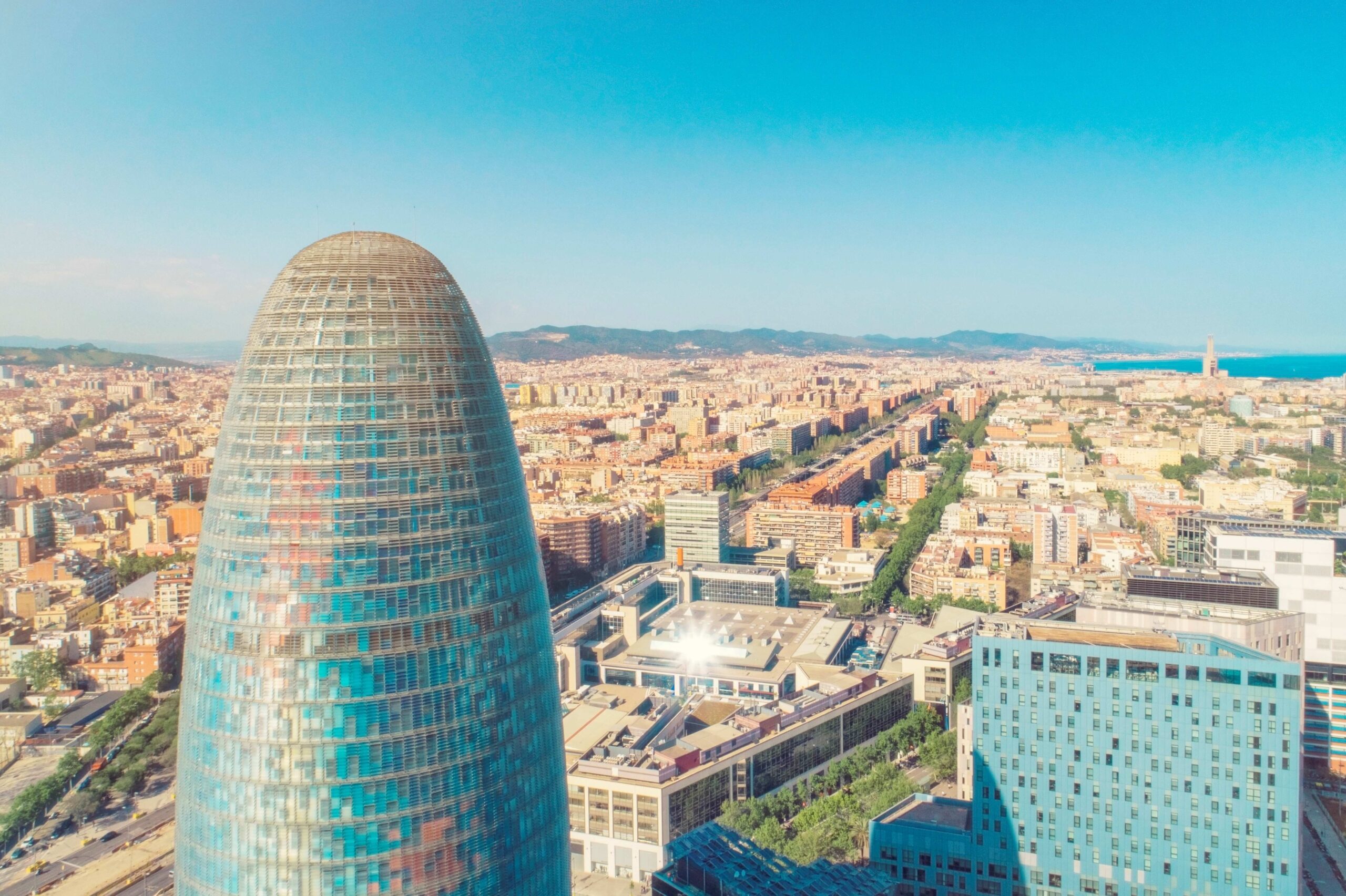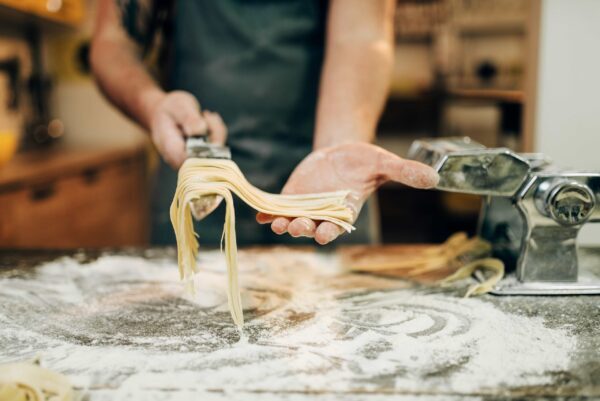Everyday Tools with Unexpected Roots
In a sunlit Florentine workshop, the whisper of metal tools brushing against parchment once carried ideas into permanence. It was here, in 15th-century Italy, that the printing press began to reshape the way Europe communicated. Though Gutenberg’s name is often the one remembered, it was Italian craftsmen who refined the mechanics that brought printed literature into everyday life — allowing words to travel faster than armies and longer than empires.
Elsewhere in the Mediterranean, time ticked a little differently. The marine chronometer, perfected in Portugal, was more than a navigation tool — it was a key to global exploration. Sailors charted the unknown not with haste, but with precision born from Lisbon’s technical minds and a seafaring culture that knew how fragile direction could be.
Moments That Sparked Change
Pause in a southern kitchen — a breeze, the scent of olive oil, the sound of water boiling. Pasta, simple and silent, hides centuries of invention behind its shapes. While its mythic origins cross borders, it’s in Italy that pasta evolved into a science of flour, timing, and texture. Each strand, each twist, carries regional pride and an everyday practicality. A Southern European innovation not born from spectacle — but from hunger and love.
From Spain, something equally tactile: the syringe. Created by Francisco Romero in the 19th century, the device revolutionized medicine, making treatment less invasive, more targeted. The early versions were crude, but the intent was unmistakably forward-looking — to ease pain, to extend life.
Ideas That Crossed Borders
France gave the world the stethoscope — a paper rolled into a tube, originally — and eventually, a new way to listen to the human body. The invention began not in a grand lab but in a hospital hallway in 1816. Its evolution into modern medicine’s quiet companion reflects the French tendency toward precision wrapped in empathy.
And while Portugal is known for its poets and ports, it also gifted the world with the multi-lens eyeglass. The layered lens concept, born of coastal light and scholarly need, changed how people read, worked, and watched the world age. Not flashy — but profoundly intimate in its everyday use.
The Mediterranean Mindset, Engineered
Southern European innovations often reveal more than clever engineering.
They show an approach to life: patient, iterative, close to the senses. Italy’s espresso machine wasn’t just about speed — it was about extracting intensity from something small. A ritual compressed into seconds.
In France, the Montgolfier brothers let silk and fire lift humankind. The hot air balloon may seem quaint now, but it was the start of our long and trembling relationship with the skies. And in the backdrop, always, a society willing to let dreamers try.
Spanish engineers, too, have shaped the modern world. The first autonomous metro system — now more common — emerged in Spain. Practical, quiet, efficient. A reflection of urban design rooted in movement without rush.
Finally, solar power’s early development owes a note to Italy. It was here that 18th-century experiments with sunlight and curved mirrors took place — precursors to what would later power cities. The idea of energy drawn from the everyday — warmth, light — lingers as both metaphor and mechanism.
Step into a Southern European town and the past is rarely locked away. It’s baked into bread, folded into maps, wired into transport. These inventions — from the subtle to the sweeping — did more than solve problems. They shaped how people live, how they gather, how they imagine what comes next.
This is not innovation as noise, but as rhythm — a steady pulse beneath tiled rooftops, quiet workshops, and long, golden afternoons.

